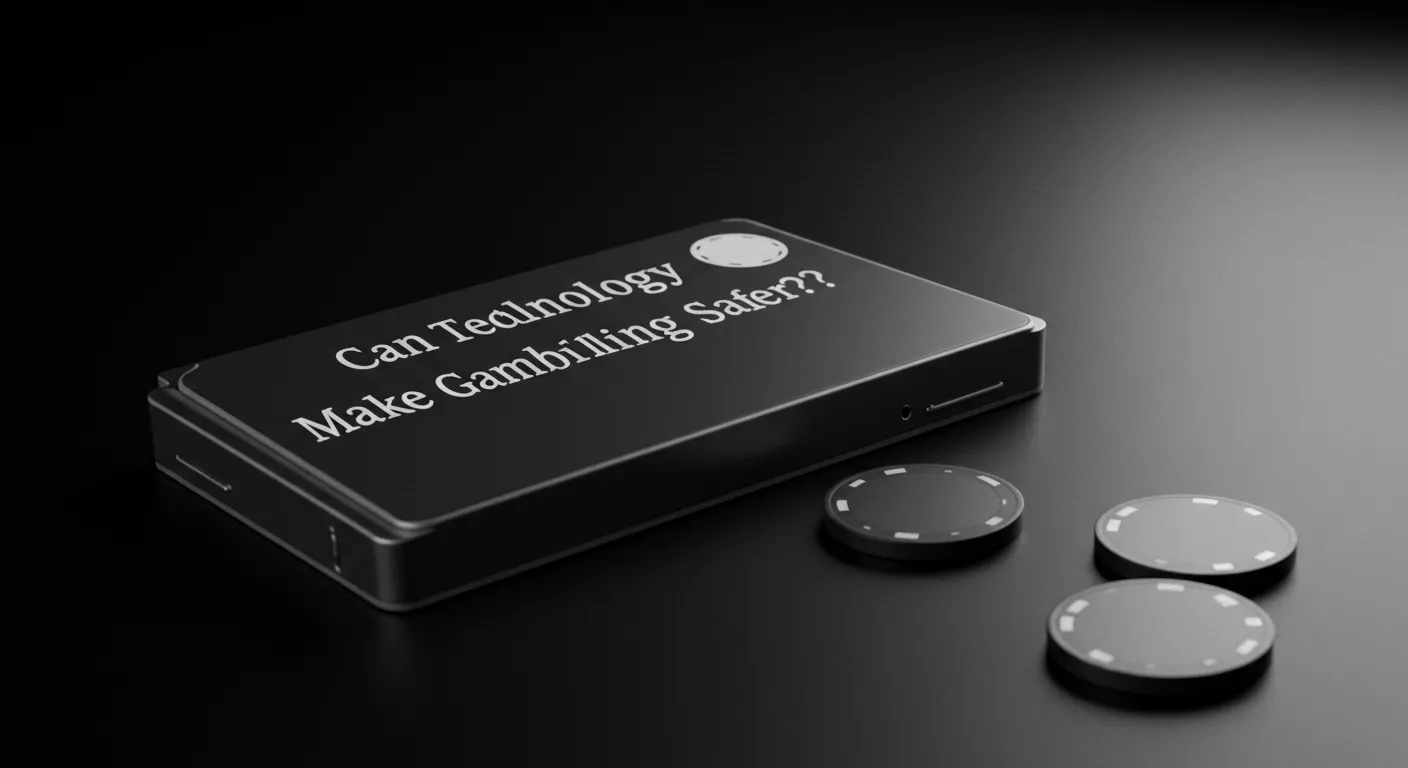One of the most thrilling moments in modern slot gameplay is the reveal of a hidden multiplier—often only shown after the very last reel stops spinning. I’ll never forget the first time I played a popular video slot that concealed its multiplier until the final spin: my heart raced, anticipation soared, and that sudden “2x” announcement turned a modest win into an exhilarating payout. But have you ever wondered why developers choose to keep multipliers under wraps until the end? In this article, I’ll draw from my hands-on experience as a casino player and industry observer to explain the psychology, technical reasons, and practical benefits behind this design choice.
While some operators deliver straightforward multipliers on every winning combination, many leading games hide the boost until the last possible moment. This suspenseful mechanic isn’t just for show—it serves multiple strategic purposes, from enhancing player engagement to optimizing game economics.
Whether you’re depositing at a trusted platform or exploring paypal betting sites for seamless transactions, understanding these mechanics can heighten your enjoyment and help you make informed decisions.
The Psychology Behind Surprise Multipliers
Imagine watching the reels spin, symbols lining up in seemingly bland fashion. Just as you think your spin will return a typical payout, the central reel freezes to reveal a multiplier icon. That element of surprise triggers a dopamine rush, akin to opening a present. Let’s break down why this works so effectively:
Heightened Anticipation
Revealing the multiplier at the final moment stretches out player anticipation throughout the entire spin. Early spins build tension, and the last-second reveal delivers a payoff that feels more dramatic than a pre-announced boost.
Emotional Reward
In behavioral psychology, unexpected rewards often produce a stronger emotional response than expected ones. By concealing multipliers, slot designers leverage the “wow factor” to generate a feeling of delight that reinforces the desire to play again.
Perceived Fairness
When multipliers are predetermined and visible from the outset, players may feel the outcome is less dynamic. Hidden multipliers create a sense of unpredictability, making each spin feel like a fresh gamble rather than a fixed sequence.
Technical and Economic Considerations
Beyond psychology, there are practical reasons operators and developers might opt to keep multipliers hidden until the final spin.
Random Number Generator (RNG) Integration
All reputable slots rely on RNG algorithms to ensure fairness. Concealing multipliers allows the RNG to handle bonus triggers and payout calculations behind the scenes. Showing multipliers only at the end simplifies the user interface and avoids revealing the RNG’s internal logic.
Managing Payout Distribution
Game studios meticulously calculate the expected return-to-player (RTP) percentage, often in the range of 95–97%. By hiding multipliers, developers can create flexible payout schedules, adjusting multiplier frequencies and values to meet regulatory RTP requirements without altering visible gameplay mechanics.
Reducing Interface Clutter
Slots feature multiple on-screen elements—paytables, bonus indicators, and autoplay settings. Revealing all multiplier possibilities upfront can overwhelm players. A clean interface that only displays multipliers when relevant enhances usability and keeps focus on the core gameplay.
Designing for Player Engagement
Multipliers hidden until the final spin also play a key role in retention strategies, helping casinos keep players at the slots longer.
Encouraging Continued Play
After experiencing a surprise multiplier, players often feel emboldened to continue spinning—hoping for another last-second boost. This momentum keeps them engaged and increases the number of total spins per session.
Social Sharing and Virality
Memorable moments drive social media sharing. When a hidden 5x multiplier turns a small wager into a significant win, players are more likely to post screenshots or clips, providing free marketing for the casino and game provider.
Aligning with Thematic Elements
Many video slots have narrative themes—ancient tombs, underwater kingdoms, or futuristic cityscapes. Hiding multipliers parallels thematic reveal mechanics, such as opening treasure chests or uncovering hidden artifacts, seamlessly integrating bonus reveals with the game’s story.
Real-World Examples
I recently tested two top-performing slots to illustrate different multiplier reveal tactics.
Emerald Treasure Quest
In this adventure-themed slot, players explore a labyrinth for hidden multipliers. The symbol for “Multiplier Shrine” appears randomly only on the final reel. When combined with win symbols, it multiplies payouts by up to 10x. Keeping the shrine hidden until the end mirrors real treasure hunts, making every spin feel like an expedition.
Solar Jackpot Spins
This sci-fi slot includes a mysterious “Quantum Multiplier” displayed as a holographic panel that flickers on only after the spin completes. The concealed panel multiplies wins from 2x to 15x. The futuristic interface shows the panel only in the final frames, reinforcing the game’s high-tech narrative and dramatic reveal.
Practical Tips for Players
Understanding why multipliers are hidden can inform how you approach slot sessions.
Choose Games with Frequent Reveals
If you enjoy the thrill of surprise multipliers, look for games with higher multiplier hit frequencies. Review game info pages and community feedback to gauge how often multipliers appear.
Manage Your Bankroll
Surprise multipliers can extend playtime, but they’re still random. Allocate your budget accordingly—enjoy the suspense without chasing elusive boosts beyond your loss limit.
Watch for Mechanics
Some slots provide subtle visual hints—flickering symbols or glowing reel frames—just before a multiplier reveal. Paying attention to these cues can enhance your engagement, even if they don’t guarantee a boost.
Conclusion
Hiding multipliers until the final spin is a deliberate design choice that blends psychological, technical, and economic considerations. By stretching anticipation, simplifying interfaces, and maintaining RTP targets, game developers craft experiences that thrill players and optimize operator margins. Next time you hear the reels click into place and see a hidden multiplier illuminate your screen, you’ll know there’s more behind that moment than sheer luck—it’s the culmination of careful design aimed at delivering maximum excitement.









